PROTECT YOUR DNA WITH QUANTUM TECHNOLOGY
Orgo-Life the new way to the future Advertising by AdpathwayThe meadow garden is one of the most natural and low-maintenance ways to create a refuge in your yard. Not only is it incredibly beautiful, but it’s beneficial for wildlife as well. By adding fall-planted bulbs to this space, you provide important early nectar sources for pollinators, as well as a feast for the eyes!
Unlike a traditional lawn and garden, a meadow works with nature rather than against it. By allowing flowers to multiply naturally, you get a far more organic and natural appearance. In addition, it reduces the need for constant mowing and fertilizing.
Creating this kind of space with spring-blooming bulbs takes some planning, but the result can be spectacular. Bulbs tend to be bright, beautiful bloomers that show up ahead of the usual perennial wildflowers.
Whether you’re starting with bulbs or adding them to an established space, we have some tips to create a meadow with fall bulbs. Let’s dig in!
Power Planter DIY Guru Auger

Power Planter DIY Guru Auger


Fairy Meadow Flower Mix Seeds
Step 1: Choose Your Site
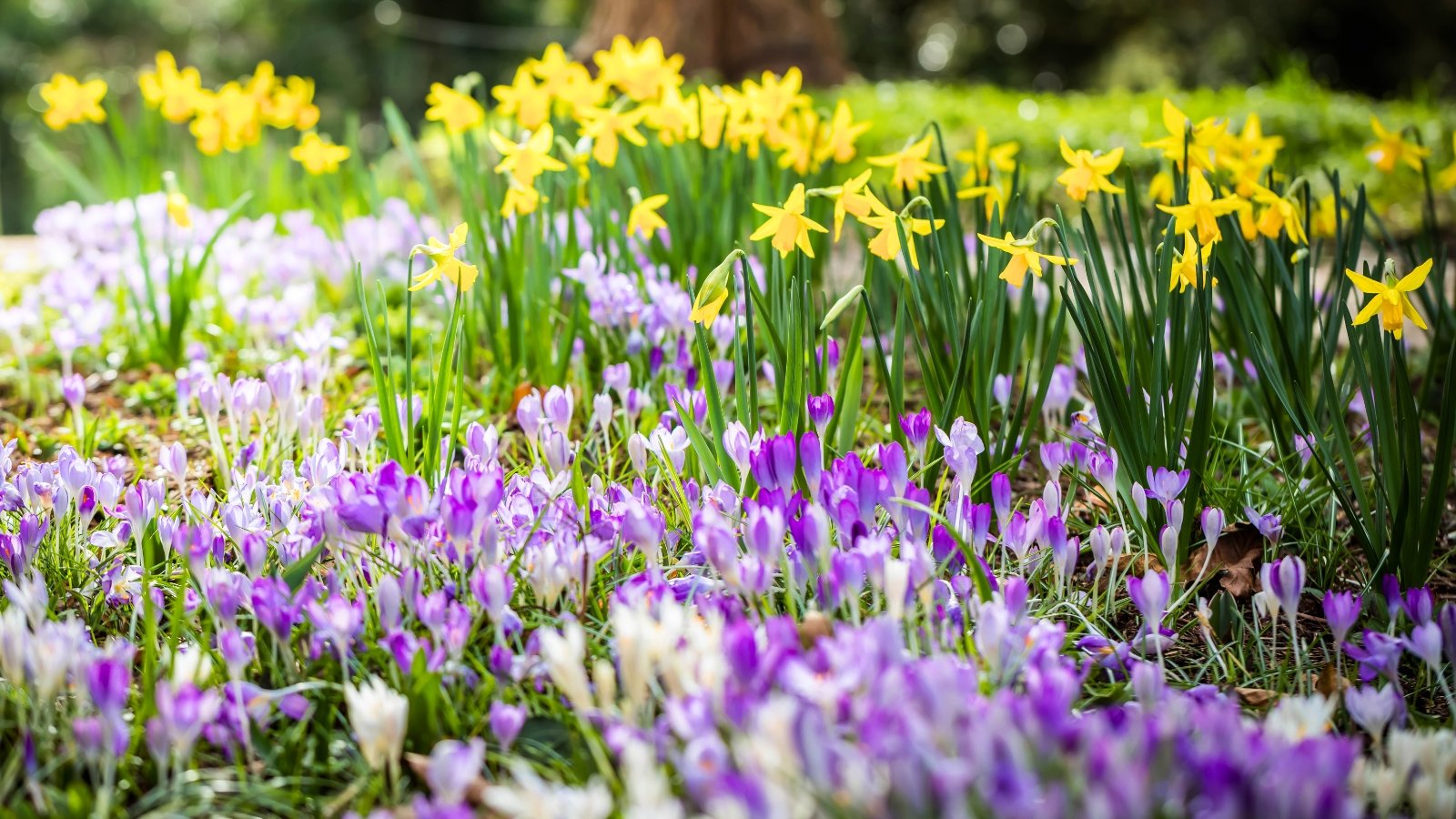 Flowering clusters thrive where the soil drains without pooling.
Flowering clusters thrive where the soil drains without pooling.The first step to creating a meadow with fall bulbs is finding the ideal location. If you’ve already got a spot in mind, check to see if it fits the bill in terms of these specifications. If not, you’ll either need to make some alterations or find a better location.
Most of these plants need full sun to partial shade. It depends largely on your climate. In cooler climates, they need more sun. In warmer ones, less is often ideal.
Keep in mind what your location will look like in early spring, before the trees leaf out. In the fall, there may be more shade in that space. Full sun can turn into partial shade over time, which is often a good thing. It will extend the life of your flowers.
Most bulbs need well-drained soil, or they have a tendency to rot. If your meadow space has heavy or compacted soil, it may take quite a bit of work to amend it. To achieve the meadow look, you want a space that is fairly open and clear.
Step 2: Select Bulbs
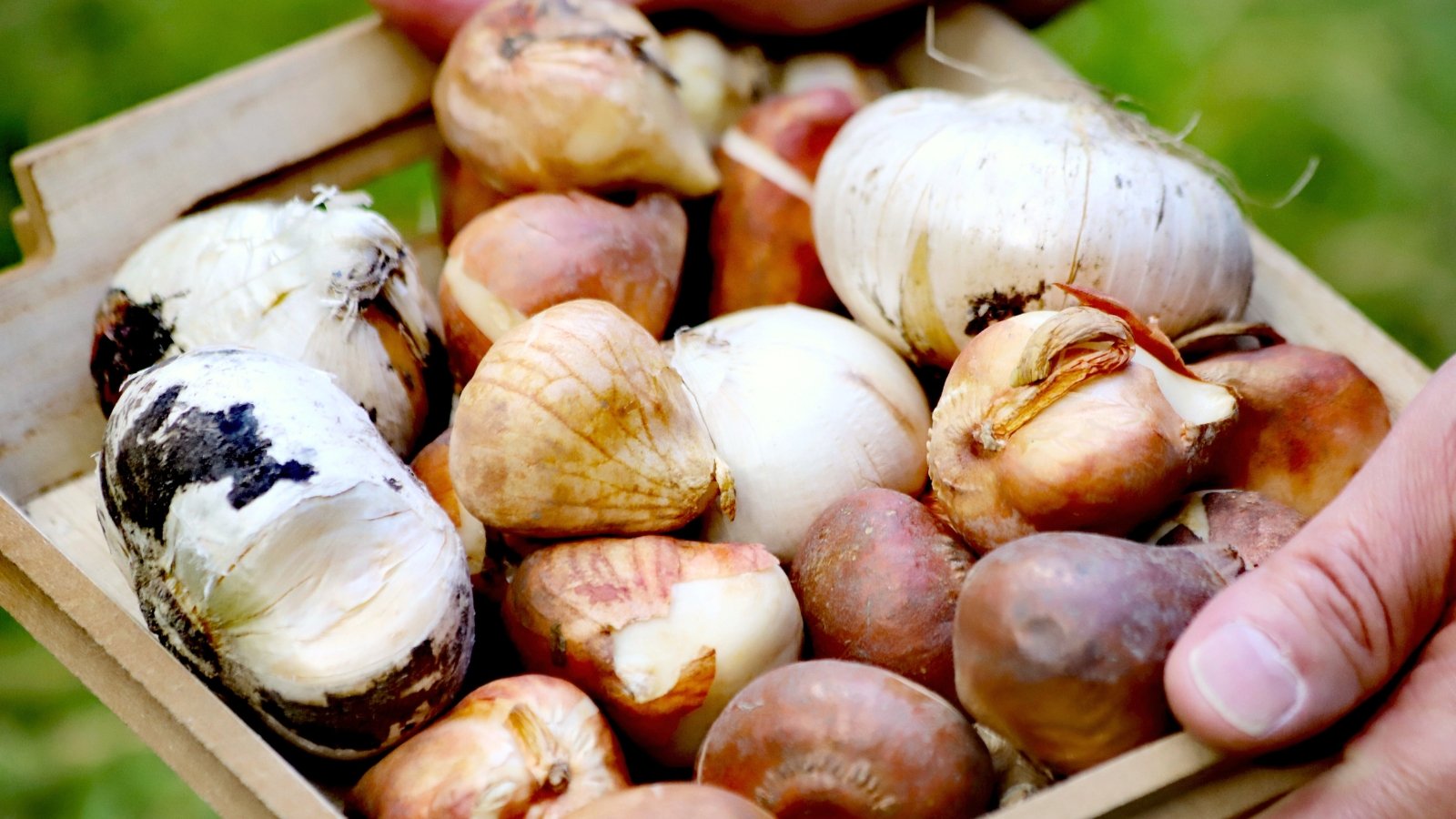 Mixing early and late blooms extends the display.
Mixing early and late blooms extends the display.Next, you’ll want to select fall bulbs for your meadow. For a meadow vibe, choose bulbs that naturalize well. This means that over time, they will produce offsets or runners, creating colonies of plants. Heavily bred hybrids often are less hardy and don’t naturalize as well.
Choose flowers that bloom at different times in the spring. This will give your meadow a wilder, more natural appearance. If everything blooms at the same time, you’ll have a much shorter season.
Early Bloomers
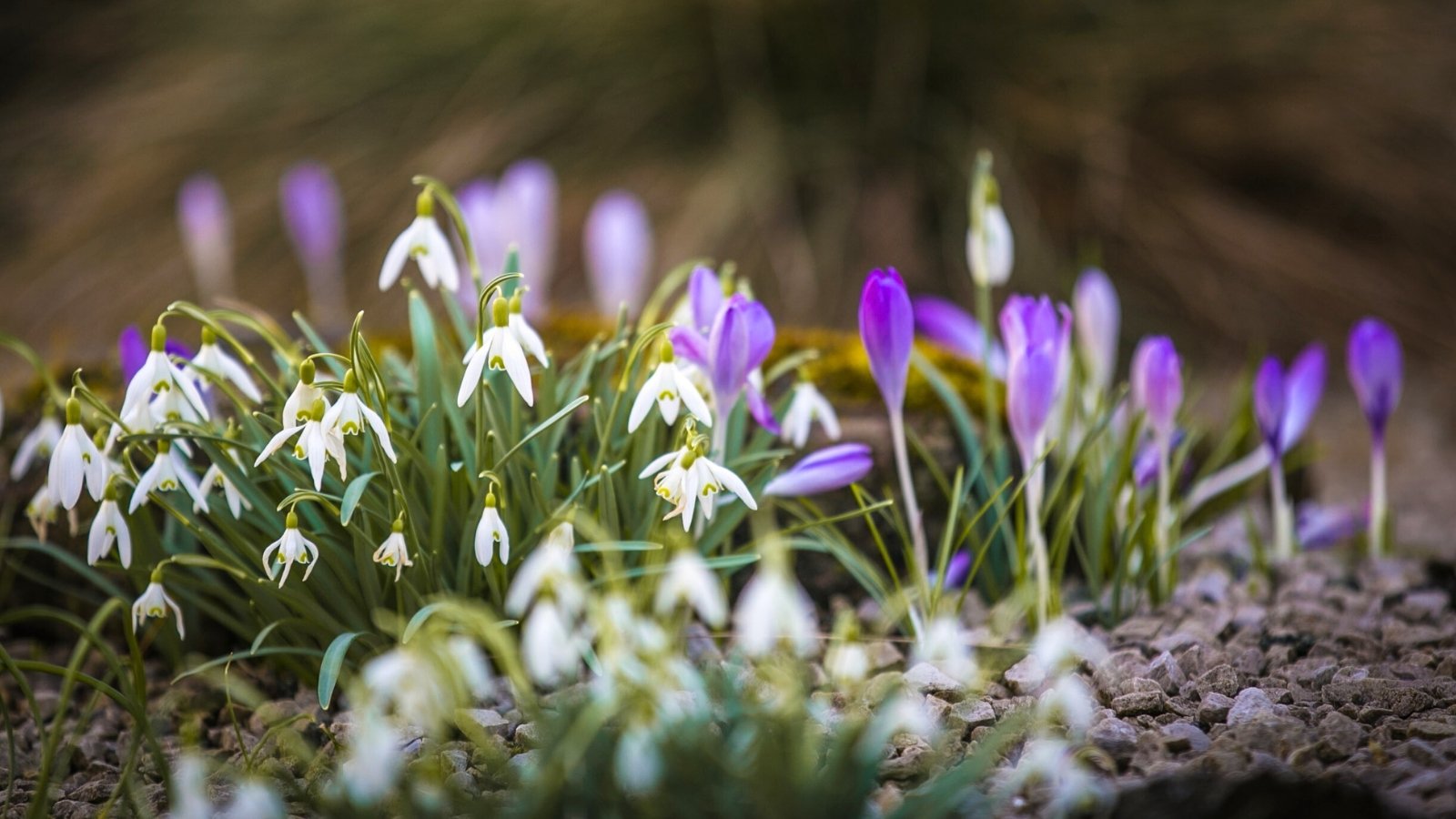 Tiny flowers emerge while frost still hugs the ground.
Tiny flowers emerge while frost still hugs the ground.Your early bloomers will be the first round of meadow fall bulbs to pop up. In cooler climates, some of these may even sprout up from beneath the snow! Some of the best naturalizing flowers that bloom in late winter and early spring include crocuses, snowdrops, and winter aconite. Glory-of-the-snow and chionodoxa are also early bloomers.
Mid-Season Bloomers
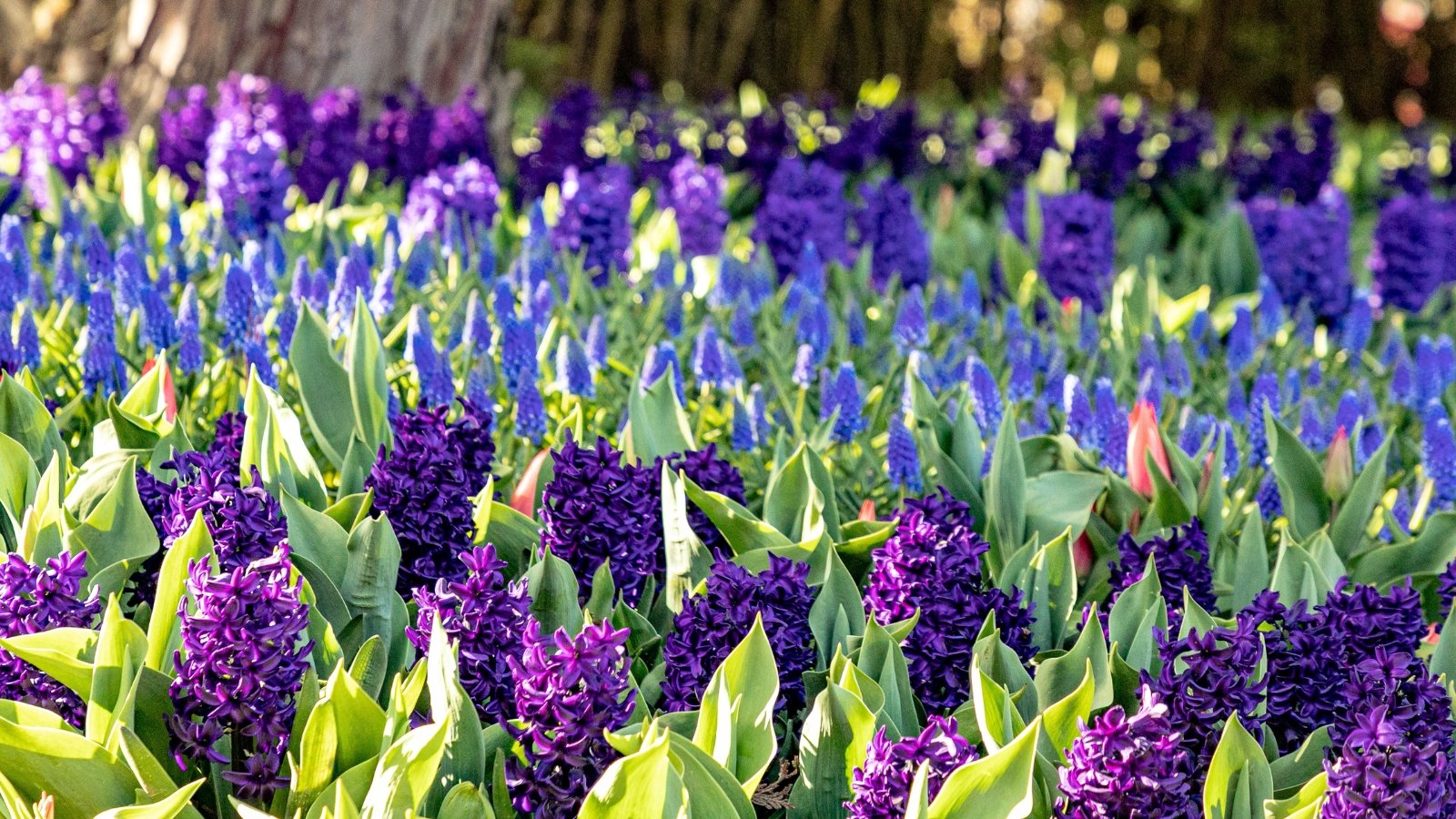 Muscari carpets spaces with tiny, vivid blue blooms.
Muscari carpets spaces with tiny, vivid blue blooms.The bulk of the fall bulbs for your meadow should consist of mid-season bloomers. These tend to be the most reliable and larger than some of the early ones. Daffodils are the most well-known of the mid-spring bloomers. These are great for warmer climates, where some don’t perform as well.
Other mid-season bloomers include hyacinths, muscari, scilla, and certain tulips. Triumph and Darwin tulips are examples of mid-season blooming tulips. There is a wide array of types, and some bloom early and late.
Ranunculus, while technically corms and not bulbs, also fit into this group and make a stunning addition. They bloom in mid-spring when planted in early spring.
Late Spring Bloomers
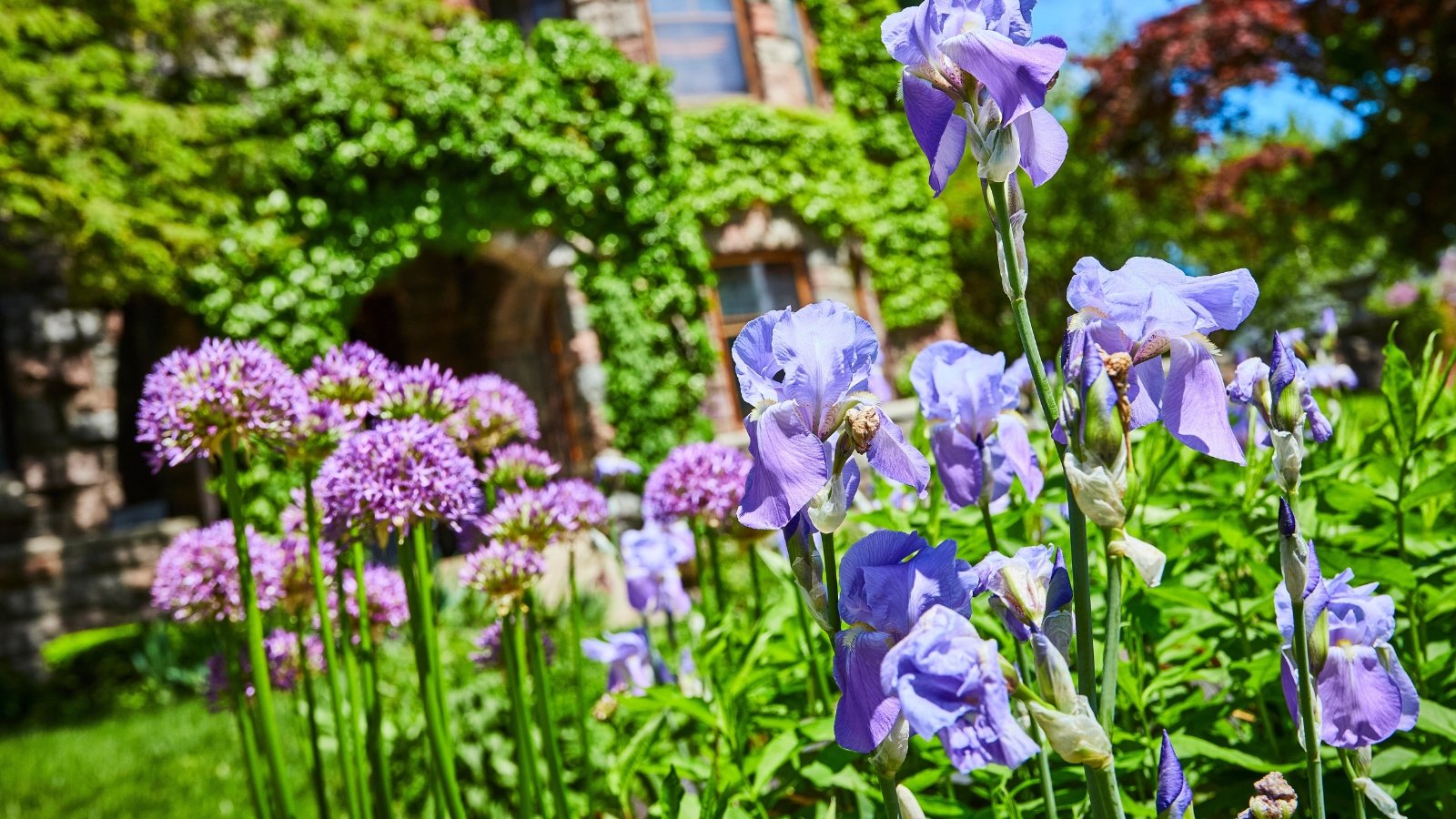 Late bloomers stretch spring colors into early summer.
Late bloomers stretch spring colors into early summer.Make sure to add some late-season bloomers when you plant in the fall. These are the flowers that will round out the spring and take you into the early summer months.
Irises are wonderful for the latter part of spring. Alliums are large and impressive late bloomers. Anemones, which are related to ranunculus, are part of this group. So are late-season tulips like lily flowering and double late varieties.

Step 3: Prepare the Site
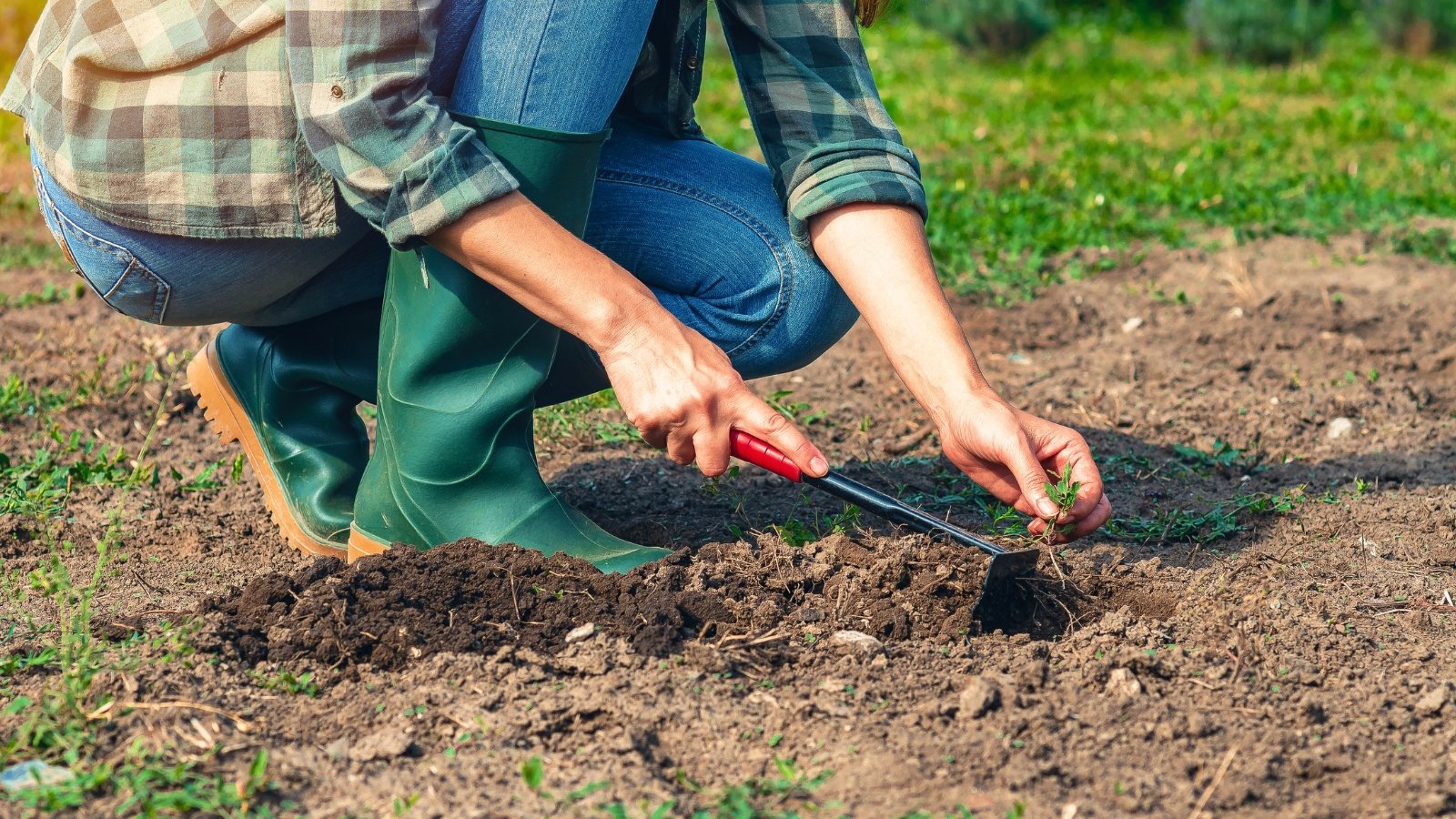 Work lightly where soil needs gentle improvement.
Work lightly where soil needs gentle improvement.Now you’re ready to get rolling on your meadow. Fall planting is best for spring bulbs because most of them need a period of cold, or vernalization. Without this, they won’t bloom their best. By planting in the fall, they get this period of cold naturally.
Since we are aiming for a meadow and not an organized bed, there will be less prep to do. This is a larger space, and loosening the soil throughout would likely be an exorbitant amount of work. Instead, as long as your soil is decent, work more on removing competition.
Weed the area thoroughly, as weeds compete for resources. If you’ve already got a meadow growing with wildflowers, you don’t want to remove everything. Just make space as you go. Once we get to planting, you can amend the soil in the spots where you’re going to plant those bulbs.
Step 4: Scatter and Plant Bulbs
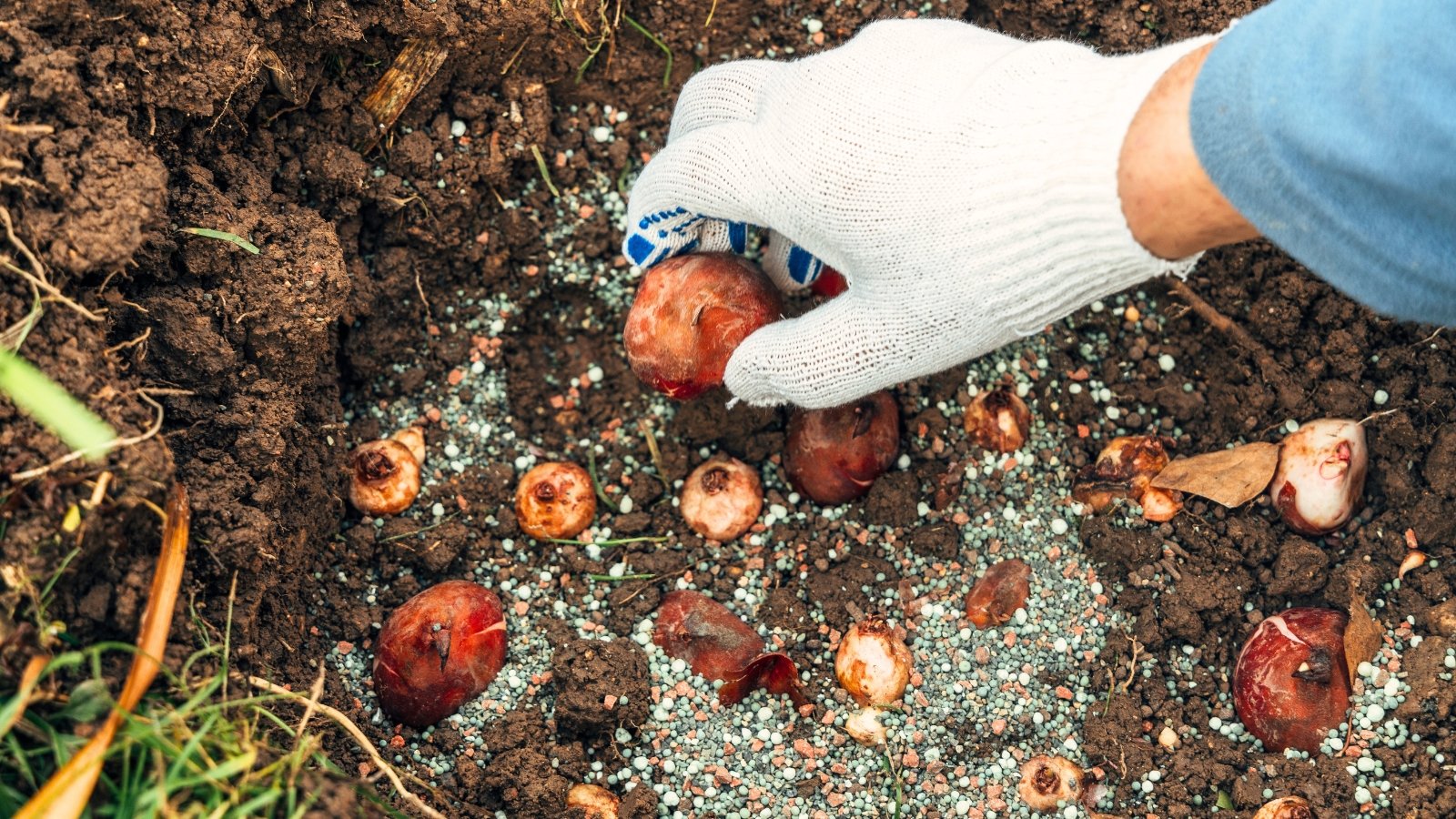 Odd numbers of blooms feel more relaxed and natural.
Odd numbers of blooms feel more relaxed and natural.Since you want to create a natural, meadowlike appearance, it’s best to scatter your bulbs. Planting in rows or an organized manner won’t achieve the same effect. For a natural grouping, plant odd numbers between 5 and 15 in an area. This will be enough to make an impact, and odd numbers feel less structured.
The best way to do it is to simply scatter the bulbs and plant them where they lie. Toss a handful and see where they land. Then, use an auger or spade to dig holes in the spots where they end up.
The rule for planting those fall bulbs is to bury them two to three times as deep as the bulb. For one that’s two inches, go four to six inches down. This prevents them from heaving. This is when the ground freezes and thaws, and pushes the bulbs out of the ground. If they are not deep enough, this is more likely to happen.
Since you most likely did not prepare the ground by loosening and amending the soil, it’s good to do a bit of that now. Dig your holes a bit larger than usual and add some compost and a bit of fertilizer to each one. Then pop your bulbs in and backfill.
After you get the fall bulbs in place in the meadow, water the entire area thoroughly. Keep the ground lightly moist through the fall, and then stop watering when the ground freezes. In the fall, we want those bulbs to develop roots, and they need moisture to do so. Be careful about letting the soil remain overly wet, though, as this can cause rot.
Step 5: Optional: Sow some Wildflower Seeds
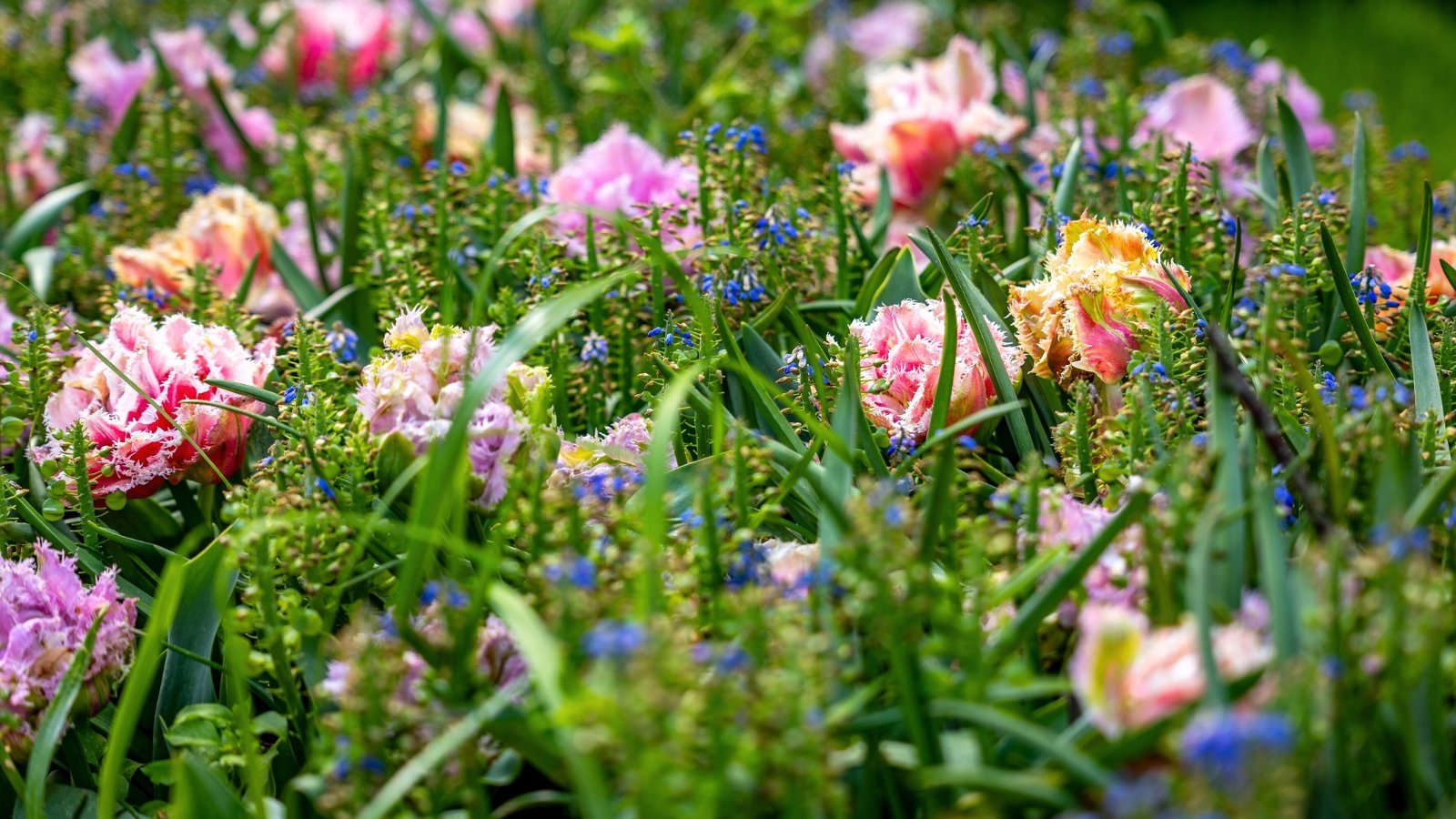 Mixing seeds with blooms extends beauty well into summer.
Mixing seeds with blooms extends beauty well into summer.This last step in creating a meadow with fall bulbs is an optional one, but one that I highly recommend. Since these bulbs will all finish blooming by early summer, your meadow will be a bit lackluster in summer. By planting some native wildflower seeds among the bulbs, you’ll extend the life and beauty of your meadow.
Most native wildflower seeds also need a period of cold to germinate and to flower properly. For this reason, we also plant these in the fall. I highly recommend planting native seeds, as they will create the most low-maintenance space. These plants will be best adapted to your soil and climate, so there is less work to do.
Make sure you read your seed packets, or find out which seeds require light to germinate and which do not. Some seeds you can scatter on disturbed soil, while others need some coverage. By sowing these seeds along with your bulbs in the fall, you’ll create a stunning, wildlife-friendly meadow that will bloom and grow for years to come.


 12 hours ago
5
12 hours ago
5
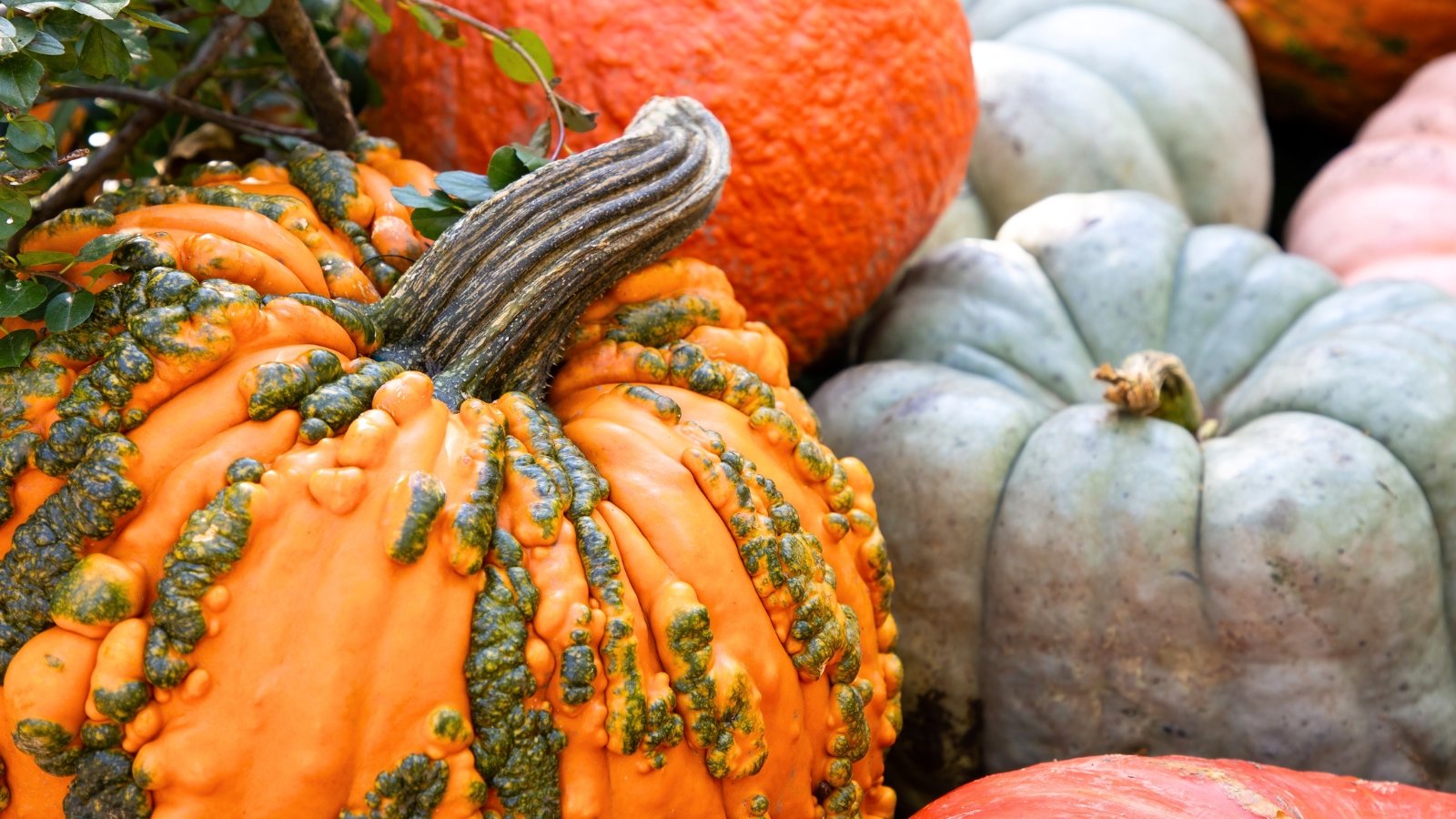
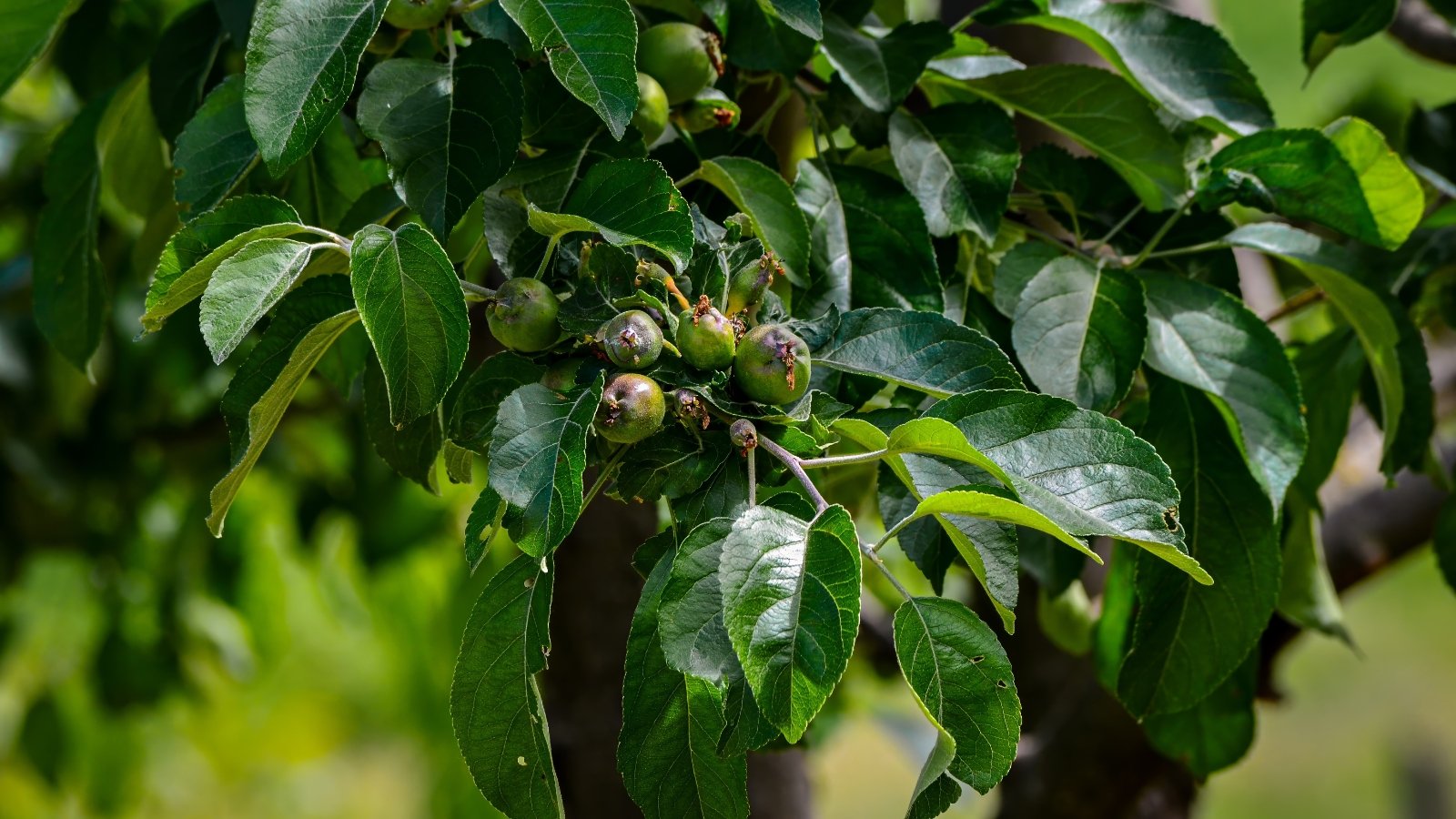
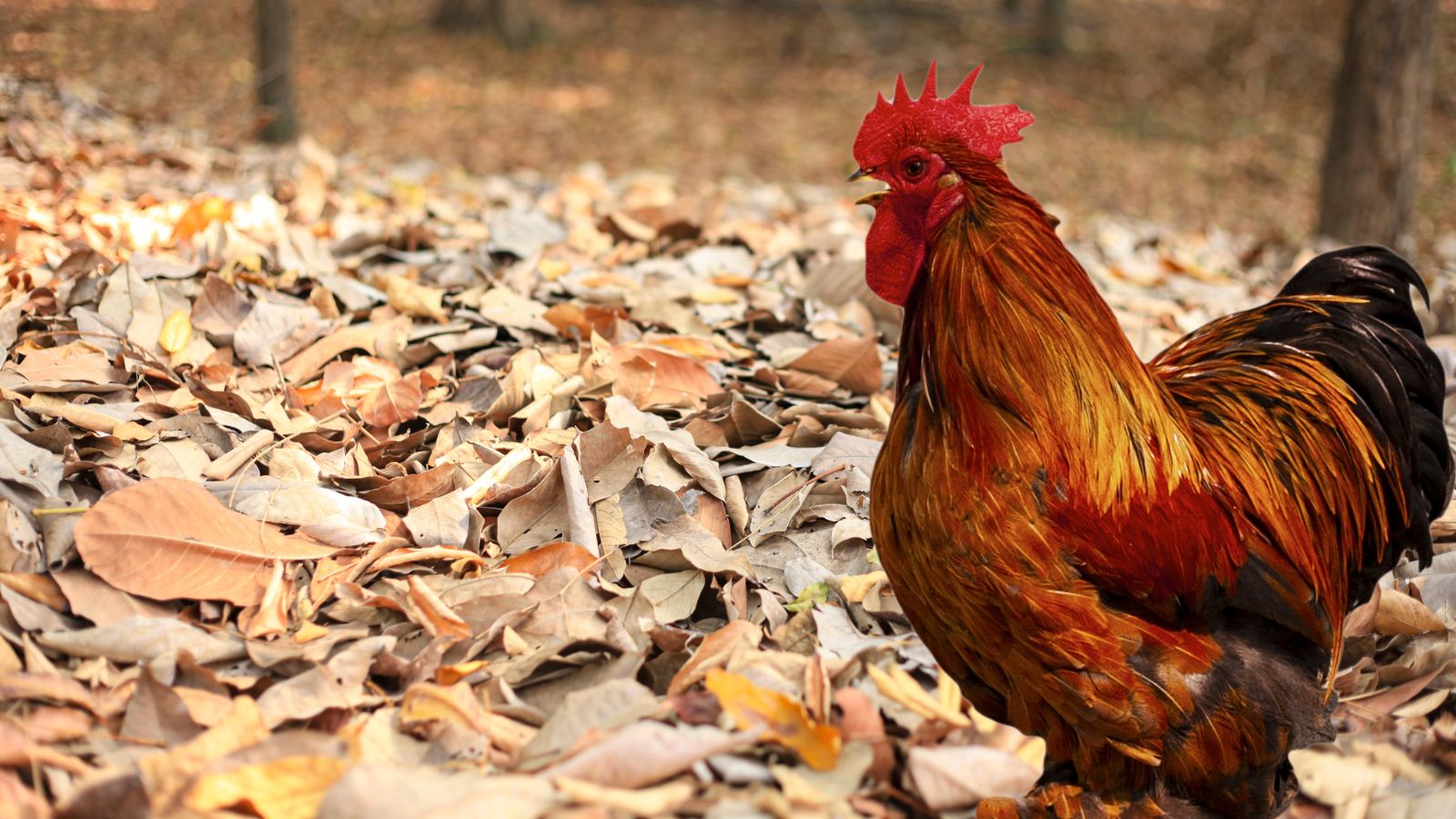
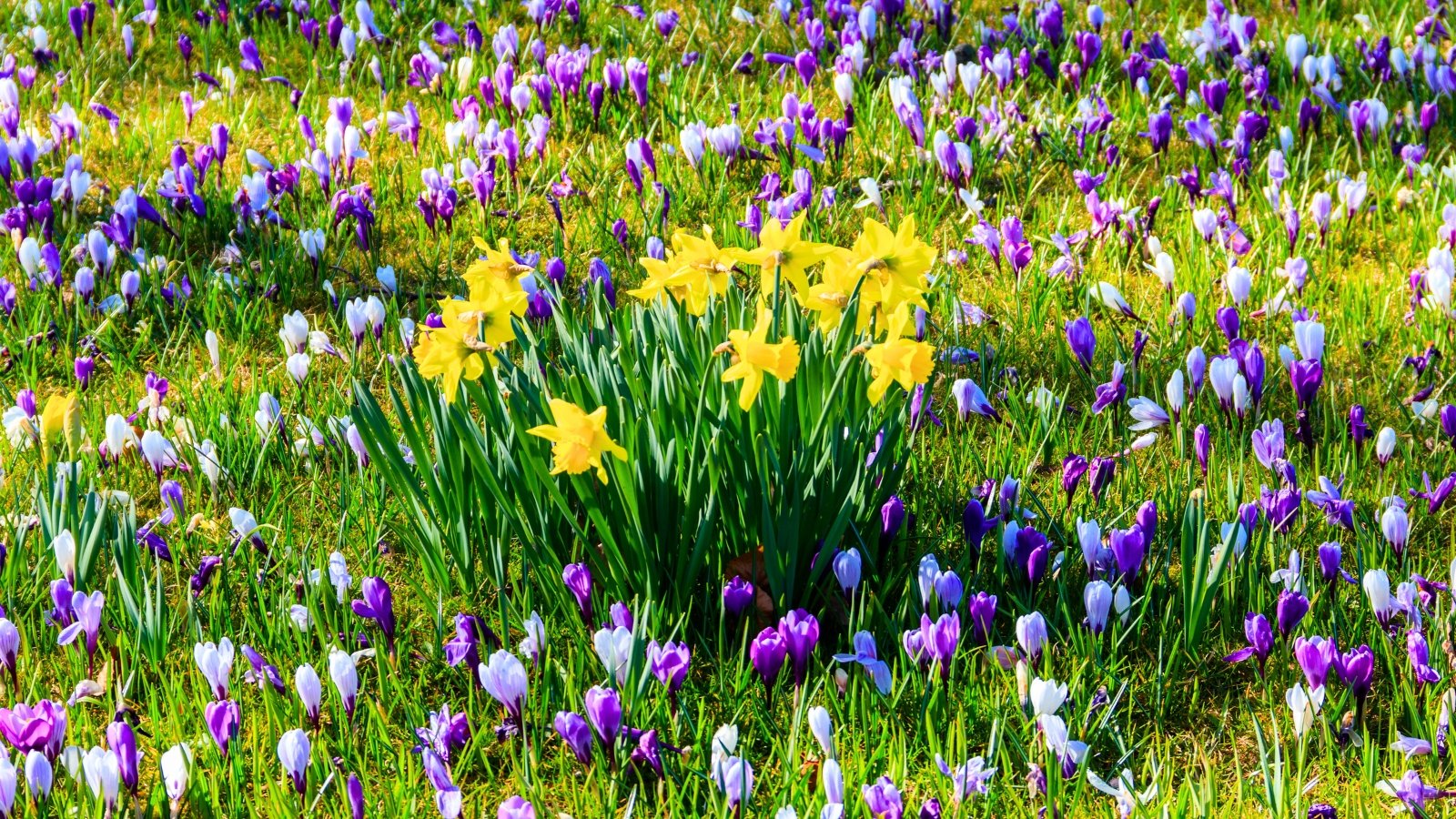
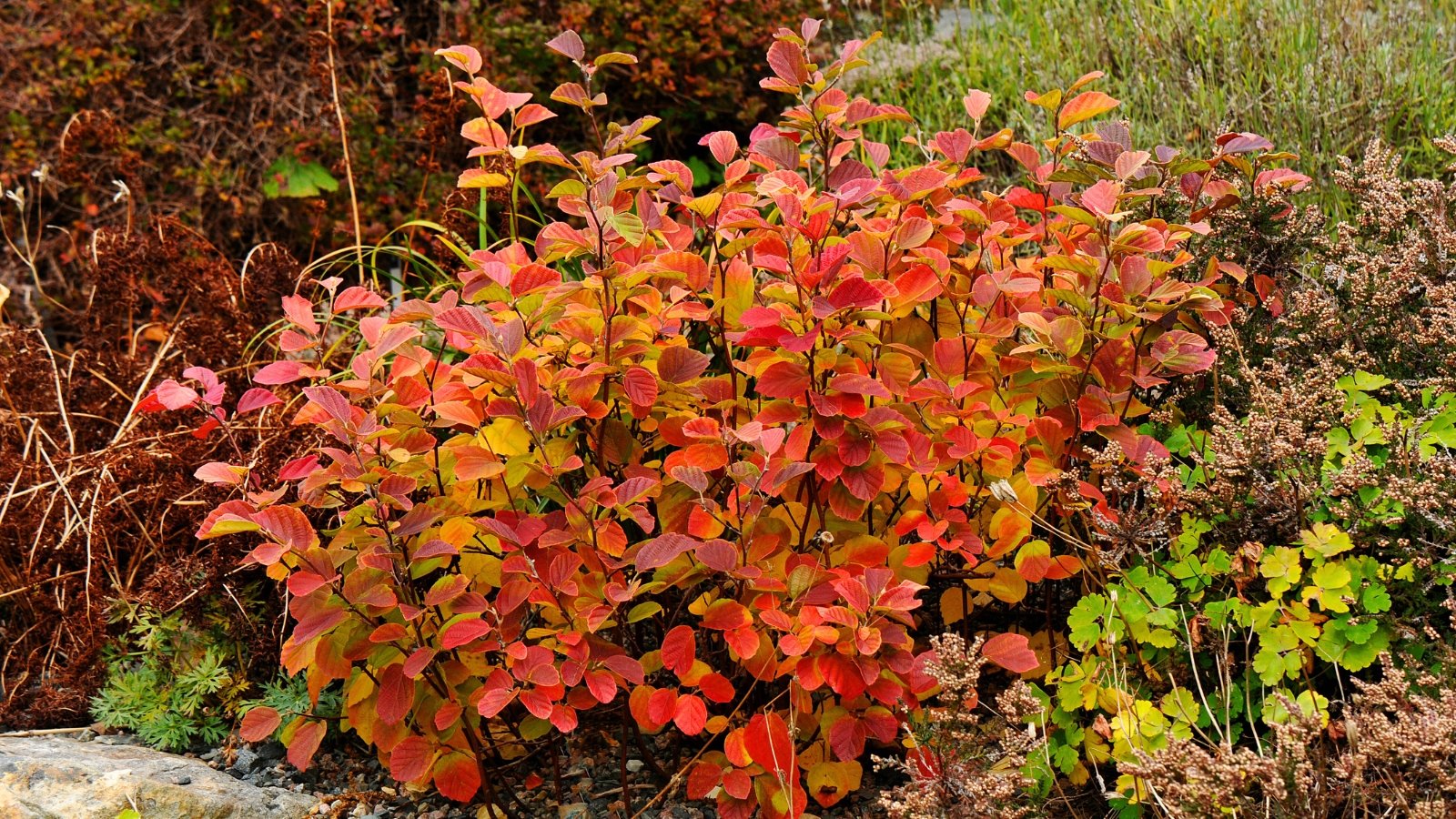
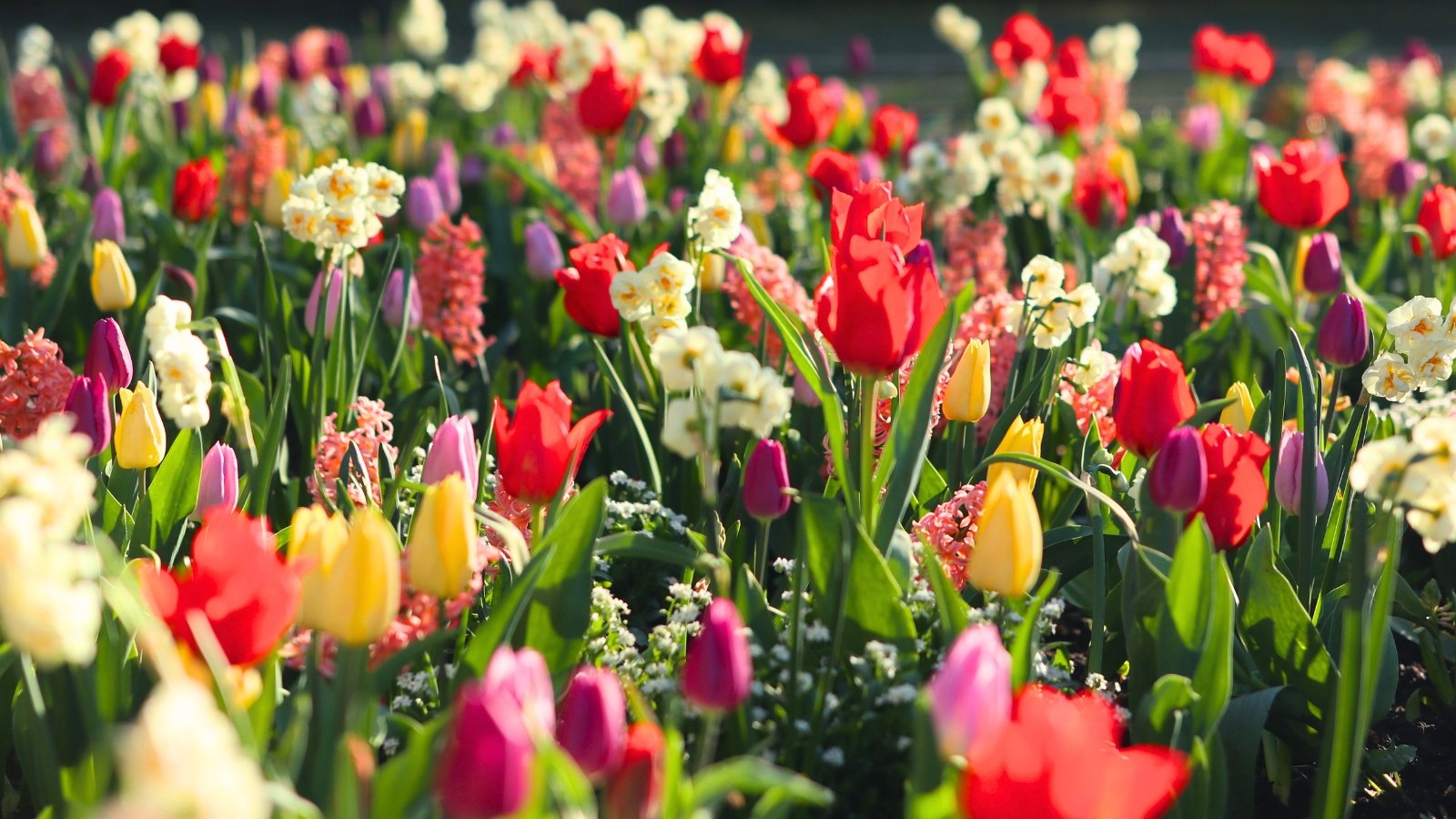















 English (US) ·
English (US) ·  French (CA) ·
French (CA) ·